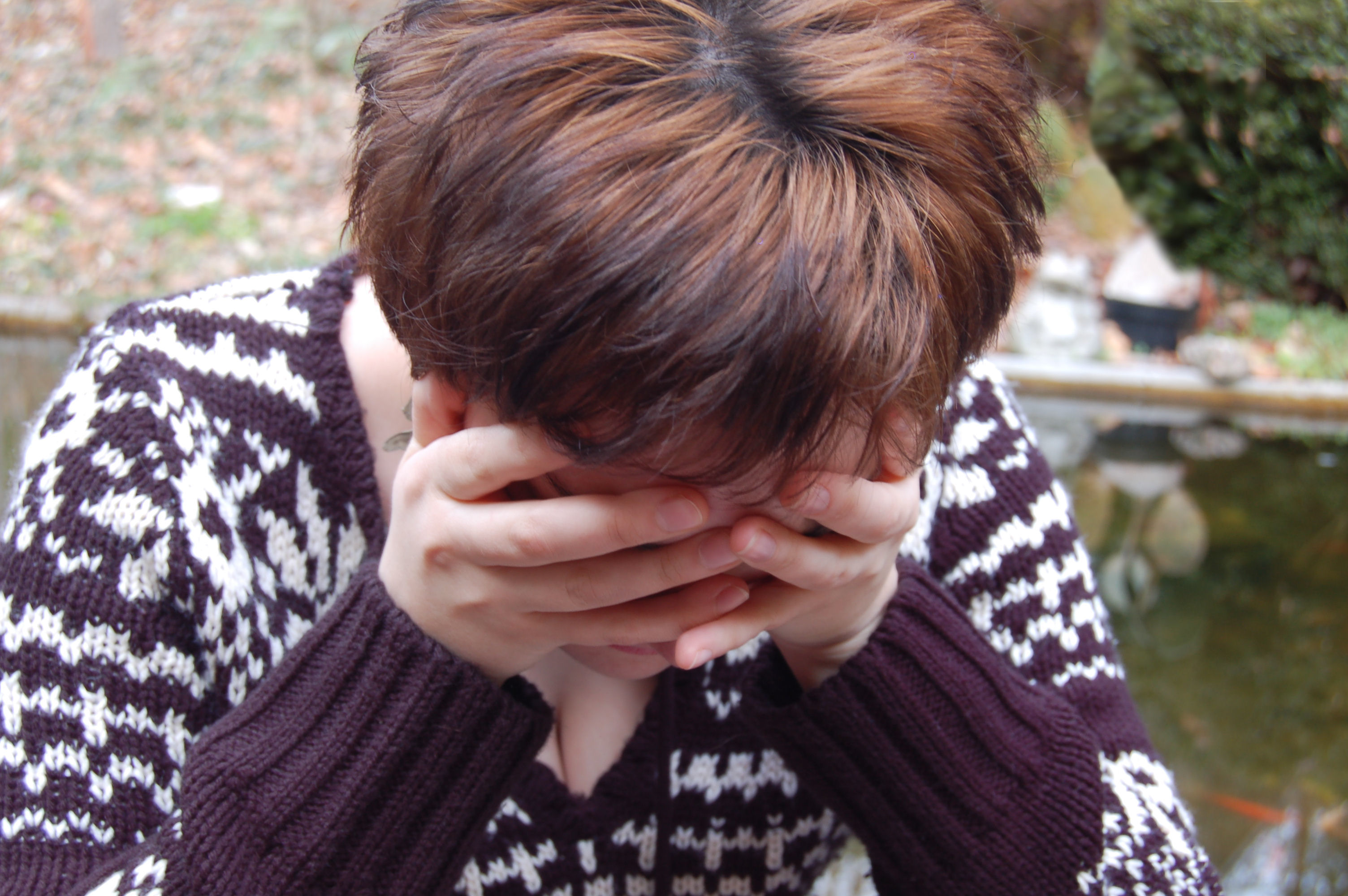
TUESDAY, April 17 (HealthDay News) — A vaccine made from brain cancer patients’ own tumor cells led to a nearly 50 percent improvement in survival times for those stricken with glioblastoma multiforme, the same malignancy that claimed the life of U.S. Sen. Edward Kennedy, a new study suggests.
A phase 2 multicenter trial of about 40 patients with recurrent glioblastoma — an aggressive brain cancer that typically kills patients within 15 months of diagnosis — showed that the vaccine safely increased average survival to nearly 48 weeks, compared with about 33 weeks among patients who didn’t receive the treatment. The six-month survival rate was 93 percent for the vaccinated group, compared with 68 percent for 86 other glioblastoma patients, who were treated with other therapies.
“We’ve done a lot of things for this kind of tumor in the last 40 or 50 years, all variations on different chemotherapies that haven’t really panned out,” said Dr. Jonas Sheehan, director of neuro-oncology at the Penn State Cancer Institute, who was not involved in the study. “What we’ve known needed to happen for a while now is a revolution — a totally new way of approaching these tumors. This is an example of a totally new paradigm.”
The study is scheduled to be presented Tuesday at the annual meeting of the American Association of Neurological Surgeons (AANS), in Miami.
About a quarter of the 18,500 brain tumors diagnosed each year are glioblastomas, which are more common in men and typically occur between the ages of 50 and 70, according to the AANS. Kennedy died of the malignancy in 2009, 15 months after his diagnosis. Surgery, radiation and chemotherapy are among the standard treatment options.
The vaccine used in the trial, known as HSPPC-96, was created with tumor cells from patients who had undergone surgery to remove as much tumor as possible. The vaccine was then injected into their bodies to induce an immune response against the tumor, said lead investigator Dr. Andrew Parsa, vice chairman of neurological surgery at University of California, San Francisco. Side effects among participants were minimal.
“It’s the concept of chronic therapy, to turn this into a chronic disease like hypertension and diabetes,” said Parsa, who noted that no drug companies funded the study. “It’s the only therapy in the clinical realm that has a reasonable chance of doing this, because we can’t give patients chemotherapy [because of toxicity] for unlimited amounts of time.”
Parsa said the vaccine’s impact, if validated with a randomized study in the near future, could be a “total game-changer.”
Added Sheehan: “The hope is that we’ll go from a survival of 15 months to a meaningful difference. We’re looking to go from 15 months to five years, a quantum leap forward.”
Because this study was to be presented at a medical meeting, the data and conclusions should be viewed as preliminary until published in a peer-reviewed journal.
More information
Visit the American Association of Neurological Surgeons for more on glioblastomas.

